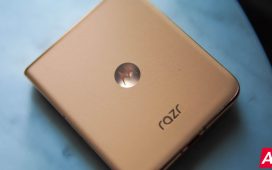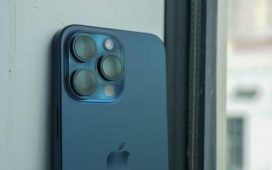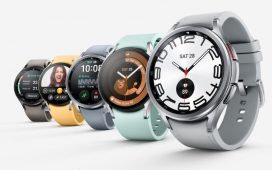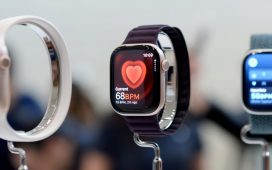When Apple first unveiled the AirPods, many scoffed at it. However, it quickly became one of Apple’s best-selling accessories. Now, walk around in public and you’d find a lot of people with AirPods in their ears. So, it’s not surprising to learn that Apple has the true wireless earbuds market cornered.
Apple’s true wireless earbuds dominance
According to the latest data from Canalys, Apple’s market share in the true wireless earbuds segment grew by 12% year over year. The company shipped 16.2 million earbuds in Q1 2024, but in Q1 2025, that number jumped to 18.2 million. Interestingly enough, Apple’s competitors are nowhere close to it.
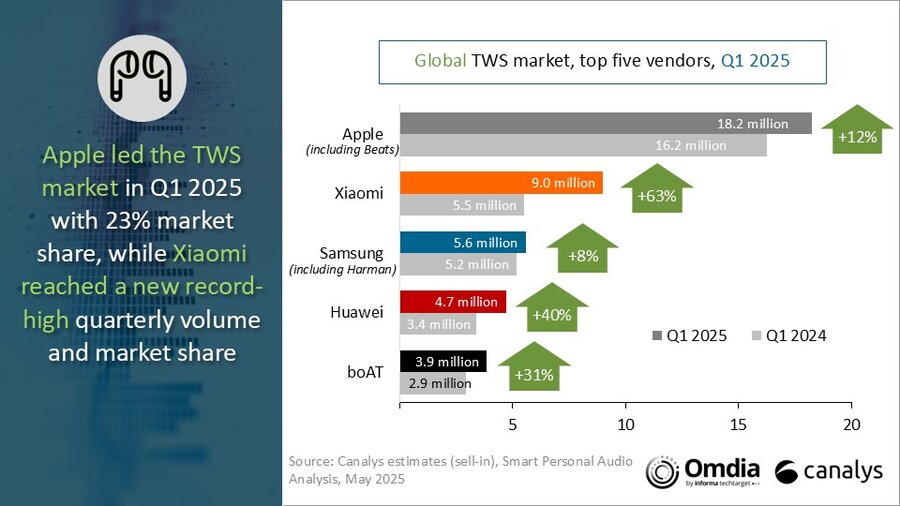
Xiaomi came in second place with 9 million units shipped in Q1 2025. The Chinese company saw the biggest growth of 63%, up from 5.5 million units in Q1 2024. In third place is Samsung, with 5.6 million units shipped in Q1 2025. Then, in fourth place, we have Huawei, with 4.7 million units.
It’s easy to see why Apple is dominating the market. The company has built an ecosystem that ensures its products work together seamlessly. For instance, the pairing process of a pair of AirPods and an iPhone is so quick and smooth that it’s almost like magic. Unlike other Bluetooth earbuds, there’s no long-pressing of any buttons to activate Bluetooth pairing mode.
Also, Apple has made its AirPods almost exclusive to its products. Users won’t get the full experience if they try to use it with a non-iOS or non-macOS device.
Future of the AirPods
Right now, Apple has released three AirPods products—the base AirPods, the AirPods Pro, and the AirPods Max over-ear headphones. The AirPods Pro 2 hasn’t been updated in a while, and recent reports suggest it might skip 2025.
We’ve also heard reports that Apple plans to do more with its wearables. Bloomberg’s Mark Gurman recently suggested that future AirPods could come with built-in cameras. We’ve also heard Apple plans to include a heart rate sensor, similar to its Powerbeats Pro 2 earbuds. This would give users another way of tracking their fitness other than a smartwatch. Either way, we won’t know until either late 2025 or 2026.



